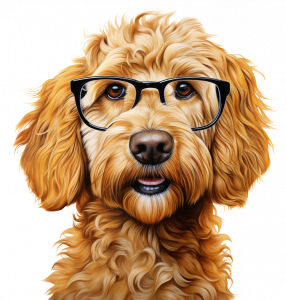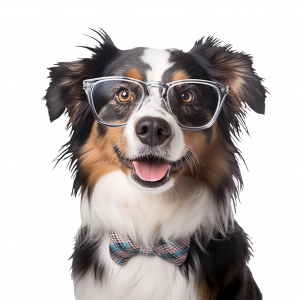Object Detection for High School Students: Unlocking the Power of Computer Vision
Object detection is a fascinating computer vision technique that has revolutionized the way we interact with digital images and videos. This advanced technology enables computers to identify and locate specific objects within visual data, opening up a world of possibilities for high school students interested in exploring the fields of artificial intelligence and computer science.
What is Object Detection?
Object detection is a computer vision technique that identifies objects in images or videos. It goes beyond simple classification by not only recognizing what objects are present but also pinpointing their exact location within the image. This powerful capability has numerous applications across various industries and fields of study.
How Object Detection Works
At its core, object detection relies on advanced algorithms and machine learning models. These systems are trained on vast datasets of labeled images, allowing them to recognize patterns and features associated with different objects. When presented with a new image, the object detection system can then identify and localize objects based on its training.
Key Components of Object Detection
- Feature Extraction: Identifying distinctive characteristics of objects
- Object Classification: Determining the category of detected objects
- Bounding Box Prediction: Locating the precise position of objects within the image
Applications of Object Detection in High School Projects
High school students can leverage object detection techniques for a variety of exciting projects and experiments. Here are some potential applications:
1. Wildlife Monitoring
Students can use object detection to analyze wildlife camera trap images, identifying and counting different animal species. This computer vision technique can help in conservation efforts and ecological studies.
2. Smart Security Systems
By implementing object detection algorithms, students can create basic security systems that detect and alert users to the presence of people or specific objects in video feeds.
3. Assistive Technology
Object detection can be used to develop applications that assist visually impaired individuals by identifying and describing objects in their surroundings.
4. Sports Analysis
Students can apply object detection to sports videos to track players, balls, or equipment, enabling detailed performance analysis and strategy development.
Getting Started with Object Detection
For high school students interested in exploring object detection, there are several accessible entry points:
1. Pre-trained Models
Utilizing pre-trained object detection models like YOLO (You Only Look Once) or SSD (Single Shot Detector) can provide a quick start without the need for extensive training data.
2. Online Courses and Tutorials
Numerous online platforms offer courses on computer vision and object detection, tailored for beginners and intermediate learners.
3. Open-Source Libraries
Libraries such as OpenCV and TensorFlow offer robust tools and resources for implementing object detection in various programming languages.
Challenges and Considerations
While object detection is a powerful computer vision technique, it comes with its own set of challenges:
- Computational Requirements: Advanced object detection models may require significant processing power.
- Data Collection: Gathering and labeling training data can be time-consuming.
- Accuracy in Real-World Scenarios: Ensuring reliable performance across diverse environments and lighting conditions can be challenging.
Future of Object Detection
As technology continues to advance, object detection is poised to become even more sophisticated and accessible. Future developments may include:
- Improved Real-Time Performance: Faster and more efficient algorithms for real-time object detection in video streams.
- Enhanced 3D Object Detection: Better integration with depth sensors for accurate 3D object localization.
- More Accessible Tools: User-friendly platforms that allow non-experts to implement custom object detection solutions.
Conclusion
Object detection is a fascinating computer vision technique that offers high school students a gateway into the world of artificial intelligence and computer vision. By identifying objects in images or videos, this technology opens up countless possibilities for innovative projects and real-world applications. As students explore object detection, they not only gain valuable technical skills but also develop a deeper understanding of how computers interpret and analyze visual information.
Whether it’s for wildlife conservation, sports analysis, or developing assistive technologies, object detection provides a powerful tool for high school students to make a tangible impact through their projects. As this field continues to evolve, it promises even more exciting opportunities for young innovators to push the boundaries of what’s possible with computer vision.
By diving into object detection, high school students can position themselves at the forefront of technological innovation, paving the way for future careers in artificial intelligence, robotics, and computer science. The journey into object detection is not just about learning a computer vision technique; it’s about unlocking a world of possibilities and shaping the future of technology.






















